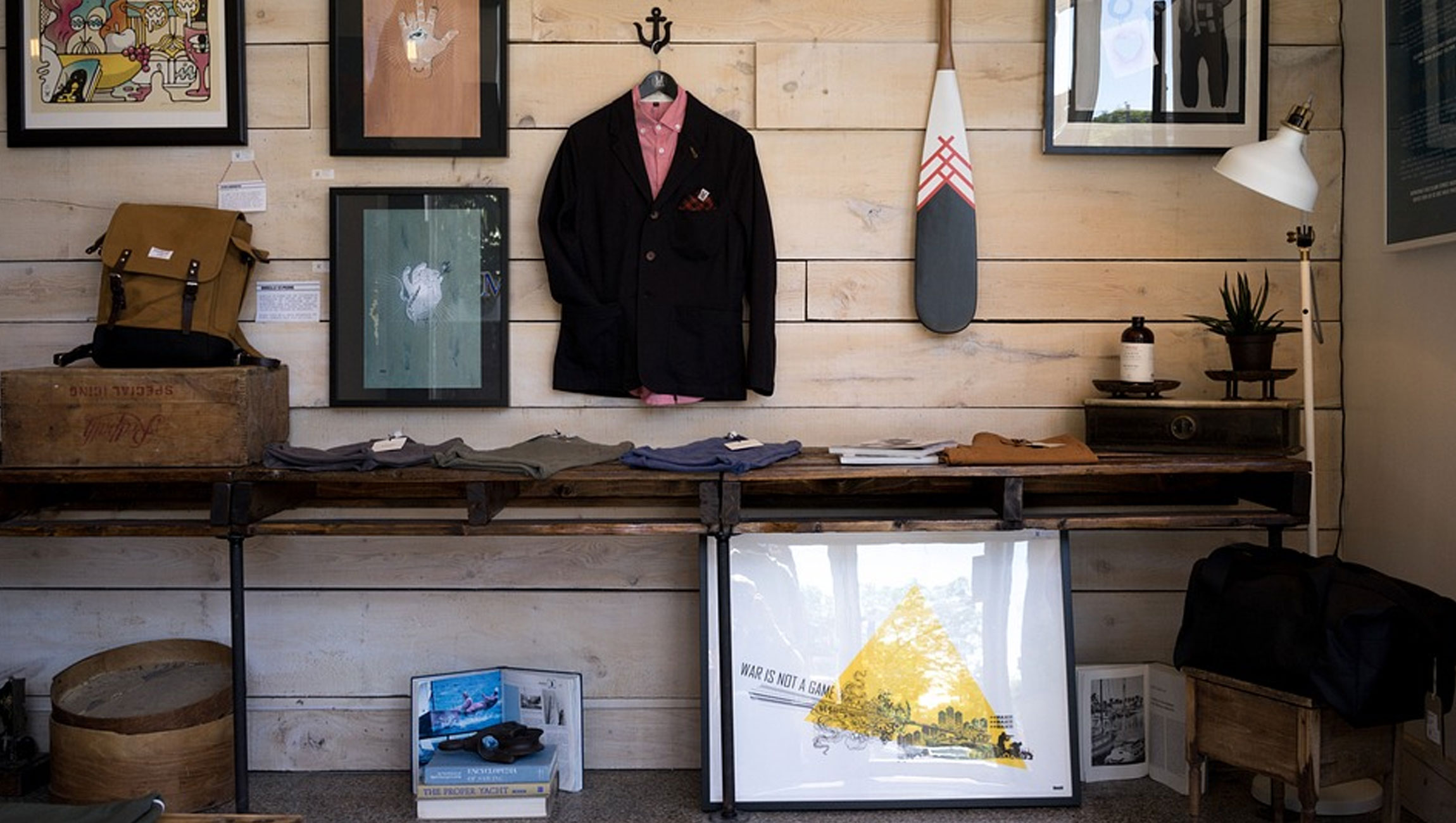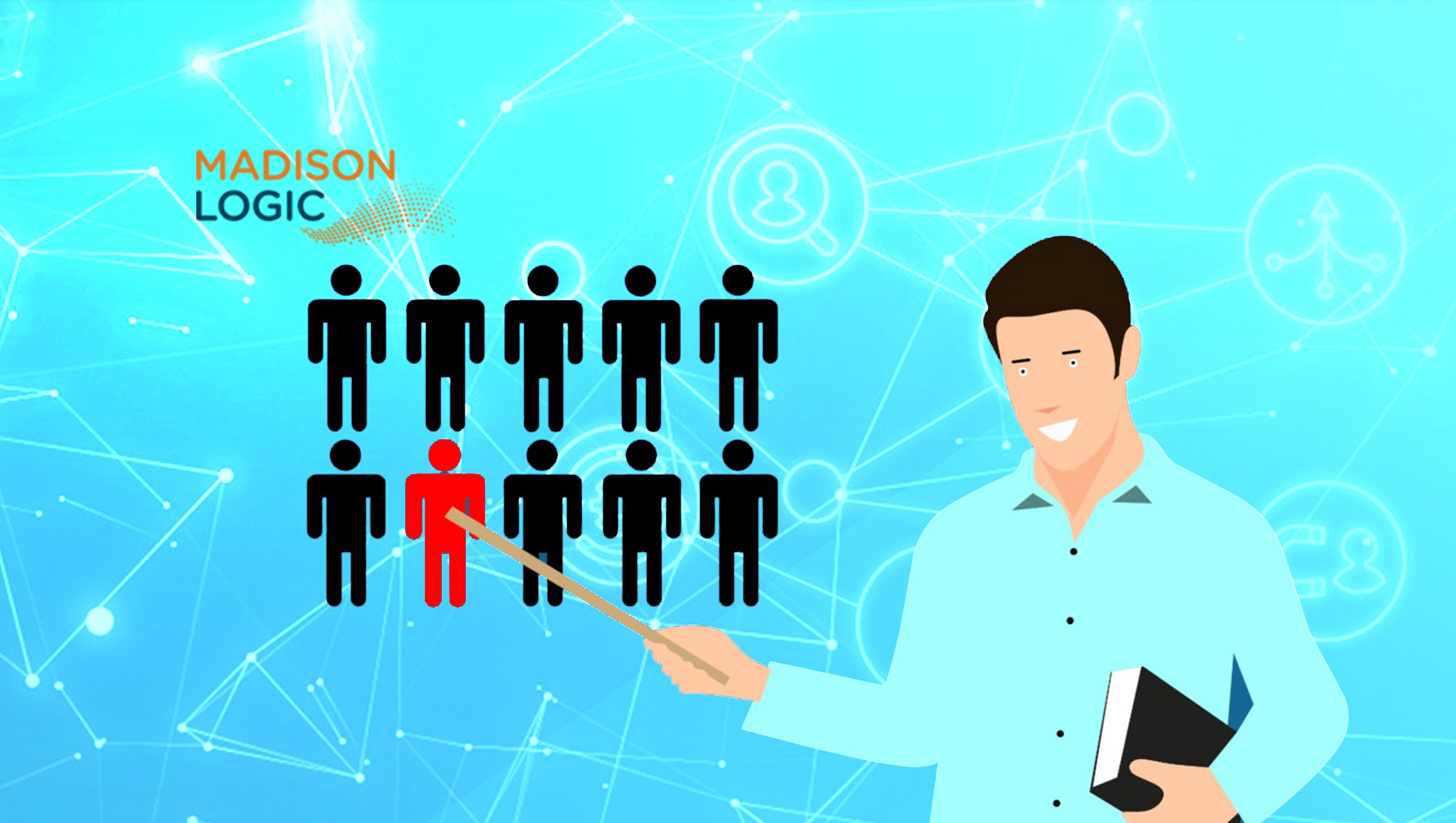![]() The rise of the digital era has caused consumer expectations to increase across all industries, but especially in retail. Consumers not only want the possibility to shop at the click of a button, but they are craving a complete omnichannel shopping experience that connects past experiences, present purchases and proactive ideas to their future. While there is certainly continued growth within online shopping, there remains a strong attraction for in-store visits and purchasing.
The rise of the digital era has caused consumer expectations to increase across all industries, but especially in retail. Consumers not only want the possibility to shop at the click of a button, but they are craving a complete omnichannel shopping experience that connects past experiences, present purchases and proactive ideas to their future. While there is certainly continued growth within online shopping, there remains a strong attraction for in-store visits and purchasing.
Brick and mortar competition is at an all-time high. As such, retailers must ensure that physical stores are as efficient and profitable as possible. This is seen explicitly in the paradigm shift of major retailers closing physical locations, such as Sports Authority and Payless, and smaller, online-first retailers opening physical locations, such as Wayfair, Fabletics and even Chubbies. The switch underscores that a personal connection, as well as immediate gratification, are still valuable. Today, it’s all about maximizing the physical space to make the time commitment worthwhile for shoppers.
With this in mind, retailers should be urged to stay ahead of the competition and connect customers’ experiences both online and offline. This is a difficult, but a crucial task for many large retailers who have viewed their digital and brick and mortar channels as two separate strategies. Combining customers’ online and offline experiences starts with learning more about the consumer and leveraging that knowledge to create unique and engaging in-store experiences that will keep them coming back time and time again.
Read More: Keeping up with Everyone’s Insatiable Appetite for Visual Content
The Modern Retail Consumer
BookingBug recently surveyed 2,000 shoppers from the US and the UK for its Modern Consumer Research report to gain a deeper understanding of their behaviors and opinions on the omnichannel shopping experience. The main takeaway? Customers today are shopping across multiple channels before making their purchases, and the brick and mortar strategy must not be abandoned.
By analyzing the modern shopper, retailers can identify actionable takeaways to provide a more satisfying experience for customers. Statistics show that while the modern consumer typically prefers shopping online over physical stores, it’s simply because of the convenience and access to products. In fact, multichannel behavior has increased by nine percent over the last year, illustrating that consumers are open to shopping across multiple channels – such as 35 percent who are interested in online appointment scheduling – for a full brand experience.
Ultimately, modern consumers would visit physical stores more often if they had access to a well-trained staff, could spend less time standing in line and gain a more positive experience with the brand and its products as a result. Insights from industry analysts support the fact that brick and mortar stores are not dead: Sucharita Kodali, Vice President and Principal Analyst at Forrester has said, “More brands plan to open stores versus close them this year, which proves that the physical retail store is not doomed as many think it is. Smart retailers understand that the two go hand-in-hand, but customer-obsessed retailers will continue investing in areas like omnichannel to provide customers with the seamless on and offline experiences they expect and now require.”
As such, let’s look at specific tactics retailers should implement to strengthen their omnichannel strategy.
Read More: Amazon’s Prime Day ‘18 Witnessed 3x More Sales Than Usual
Events – Retail’s Secret Weapon
The concept of an omnichannel customer experience sheds light on retail’s secret weapon – events. Nearly 60 percent of modern retail consumers are willing to attend events, however, only about 23 percent have been invited to one by a retailer. This statistic shows a tremendous opportunity for retailers to deliver an experience that customers desire, as well as the ability to increase in-store traffic.
Hosting events allows retailers to deliver benefits that shoppers do not typically receive during normal business hours, such as product demonstrations, early access to product launches, celebrity appearances and book signings, to name just a few. Not only will they increase foot traffic, but they also offer an opportunity for a renewed relationship between the retailer and the customer, allowing stores to evolve from being a place that conducts transactions to one that fosters a customer community.
Read More: The Trouble with Digital Advertising Agencies
Convergence of In-Store and Online Experiences
Another opportunity for retailers lies in the convergence of the in-store and online experience. Consumers have disrupted everyday shopping by pursuing “modern retailing,” which involves both online and in-store shopping. The Modern Consumer Research report bears this out: 72 percent of US consumers are participating in “webrooming,” researching online and buying in-store; 53 percent are participating in “showrooming,” researching in-store and buying online; and 52 percent are participating in “click and collect,” buying online and collecting in store.
Consumers typically fall into at least one of these three categories, and in every situation, the brick and mortar location is utilized. This supports the need for retailers to have a seamless customer experience model that transcends both the online and physical store.
Take a look at UK retail giant, John Lewis: while engrained in traditional ways of selling products and services, John Lewis saw the possibility to do more for their customers, and now offer 22 in-store and at-home services that start with an in-person consultation appointment. This key strategic initiative ensures that John Lewis customers can speak with an expert when it’s a convenient time for them.
Read More: For Brands, It’s Time To Start Paying Attention…To Attention
The Power of People
What truly differentiates an online from an in-store experience is the ability to interact with other customers and staff. This desire for a face-to-face connection is a direct result of increased complexity and scope of the retail landscape. Twenty years ago, consumers were faced with significantly less choice. Now, the Internet provides millions of products to choose from with the click of a button or tap of a finger – this can overwhelm consumers and cloud purchase judgment.
With this complexity in mind, in-store elements such as staff availability and service have a high impact on the overall experience, but are often the least fulfilled. By heightening customer experience services like appointment booking, customers can receive the personal attention they desire. This nurtures and strengthens the omnichannel experience for the customer and also creates a business benefit.
Take the example of a pre-appointment service for personal styling. If consumers are able to input information such as sizing, likes, dislikes, etc., prior to the scheduled appointment, employees will have the time to understand which items the customer may have previously purchased, what they are currently looking for, as well as the opportunity to preselect items that are “upsells” and ultimately increase the total profit from the appointment.
The most sophisticated modern consumer takes advantage of all omnichannel shopping opportunities available to them. By offering meaningful, face-to-face experiences, retailers will differentiate themselves, rise above industry noise and continue to draw consumers into stores.
Read More: What Type of Content is Best for Lead Generation?












Comments are closed.